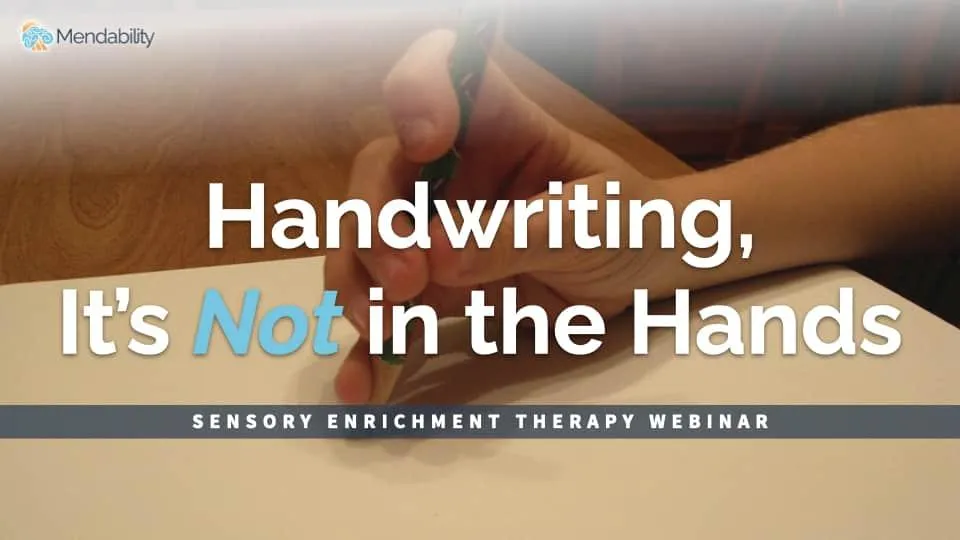
Narrow field of view in individuals with autism may contribute to social difficulties
Social difficulties have been the subject of many studies as the world strives to find an effective form of autism therapy. Until recently, the primary theory behind these social issues has been that individuals with autism prefer to use local information processing (focusing on the details of a stimulus) as opposed to global information processing (focusing on the stimulus as a whole). (Klin & Jones, 2006; Song, Hakoda, Sanefuji, & Cheng, 2015)
In July 2015, a new study revealed that children and adults with autism have a much narrower functional field of view than their neurotypical peers. Instead of being able to process an image that is 8.57° from the focal point, individuals with autism were only able to process an image within 6.62°, which is a statistically significant difference. (Song et al., 2015)
This visual processing deficit is what prevents individuals with autism from perceiving the environment holistically.
Social contexts require continuous integration of both central and peripheral information. Because individuals with autism are restricted to input within a narrow field of view, the input varies depending on their location. Subsequently, a misunderstanding or a misinterpretation of social situations may ensue.
Based on these findings, we can conclude that the social inappropriateness exhibited by individuals with autism may be a mechanical issue within the brain rather than an emotional misunderstanding.
Research has proven that short, regular eye-scanning exercises can gradually improve the mechanics of eye function as well as the processing of peripheral information. (van Wyk, Eksteen, & Rheeder, 2014)
Mendability utilizes Sensory Enrichment Therapy exercises specifically designed for this purpose. Examples include, but are not limited to: focusing on a central image while processing distant information; scanning to locate an image within a competing background; and copying letters on a flat surface.
According to our internal data, the greatest majority of Mendability participants saw improvements in their visual processing skills and in their social skills. Indeed, you will find that these individuals are no longer searching for answers, because they have found what the rest of the world is still striving to find: an effective form of autism therapy.
References
Klin, A., & Jones, W. (2006). Attributing social and physical meaning to ambiguous visual displays in individuals with higher-functioning autism spectrum disorders. Brain and Cognition, 61(1), 40–53.
Song, Y., Hakoda, Y., Sanefuji, W., & Cheng, C. (2015). Can They See It? The Functional Field of View Is Narrower in Individuals with Autism Spectrum Disorder. PloS One, 10(7), e0133237.
Van Wyk, A., Eksteen, C. A., & Rheeder, P. (2014). The Effect of Visual Scanning Exercises Integrated Into Physiotherapy in Patients With Unilateral Spatial Neglect Poststroke: A Matched-Pair Randomized Control Trial. Neurorehabilitation and Neural Repair, 28(9), 856–873.
Are social skills an area of concern for you or your loved one?
Sensory Enrichment Therapy™ helps develop social awareness, eye contact, self-awareness, speech development, etc. by boosting brain development in these areas.



